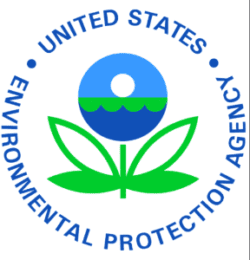This indicator measures the amount of time that ice is present on lakes in the United States.
The formation of ice cover on lakes in the winter and its disappearance the following spring depends on climate factors such as air temperature, cloud cover, and wind. Conditions such as heavy rains or snowmelt in locations upstream or elsewhere in the watershed also affect the length of time a lake is frozen. Thus, ice formation and breakup dates are key indicators of climate change. If lakes remain frozen for longer periods, it can signify that the climate is cooling. Conversely, shorter periods of ice cover suggest a warming climate.
Changes in ice cover can affect the physical, chemical, and biological characteristics of a body of water. For example, ice influences heat and moisture transfers between a lake and the atmosphere. Reduced ice cover leads to increased evaporation and lower water levels, as well as an increase in water temperature and sunlight penetration. These changes, in turn, can affect plant and animal life cycles and the availability of suitable habitat. Additionally, ice cover affects the amount of heat that is reflected from the Earth’s surface. Exposed water will absorb and retain heat, making the Earth’s surface warmer, whereas an ice- and snow-covered lake will reflect more of the sun’s energy and absorb less. (For more information on ice and snow reflecting sunlight, see the Snow Cover indicator.)
The timing and duration of ice cover on lakes and other bodies of water can also affect society—particularly in relation to shipping and transportation, hydroelectric power generation, and fishing. The impacts can be positive or negative. For example, reduced ice cover on a large lake could extend the open-water shipping season but require vessels to reduce their cargo capacity, as increased evaporation leads to lower water levels.




